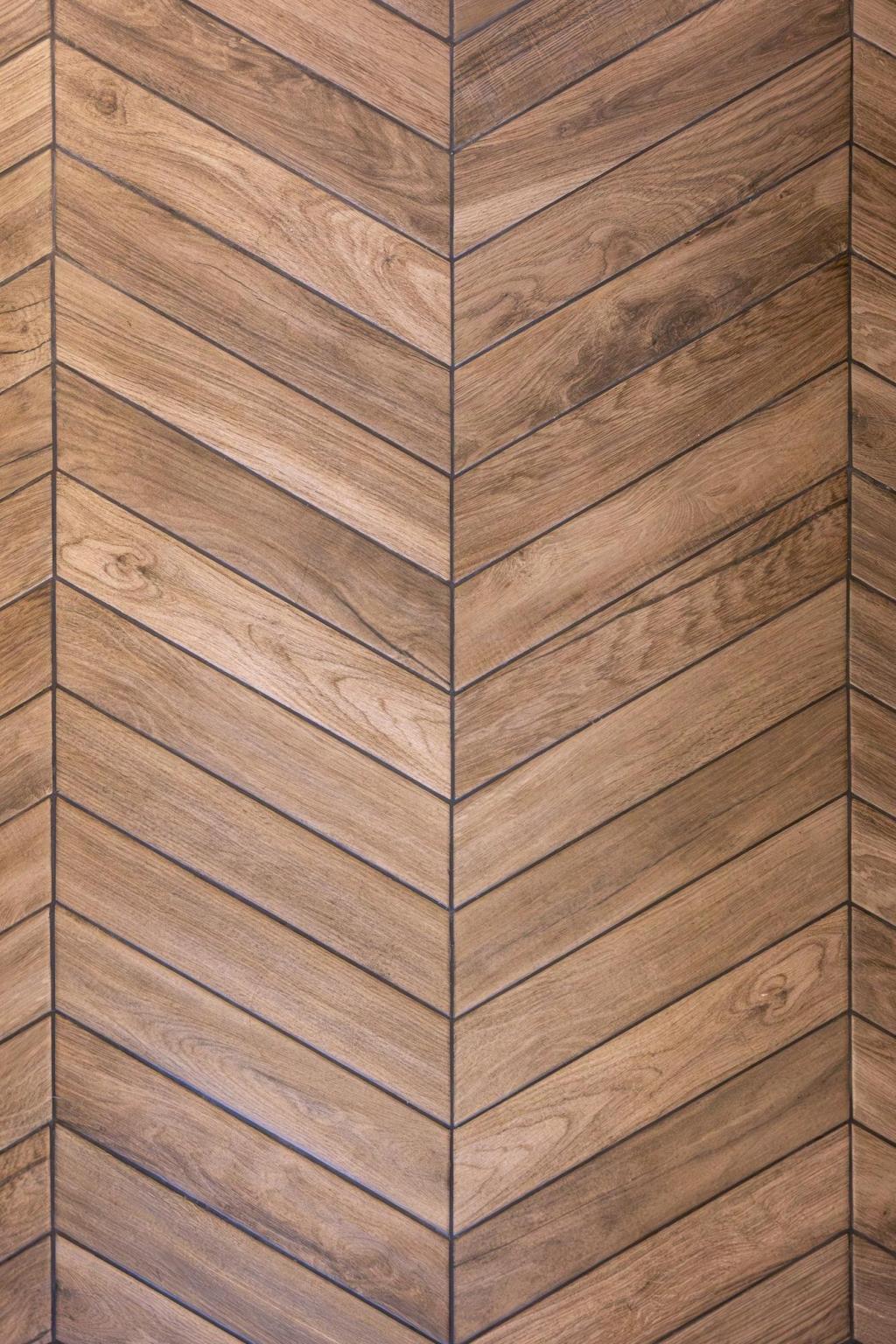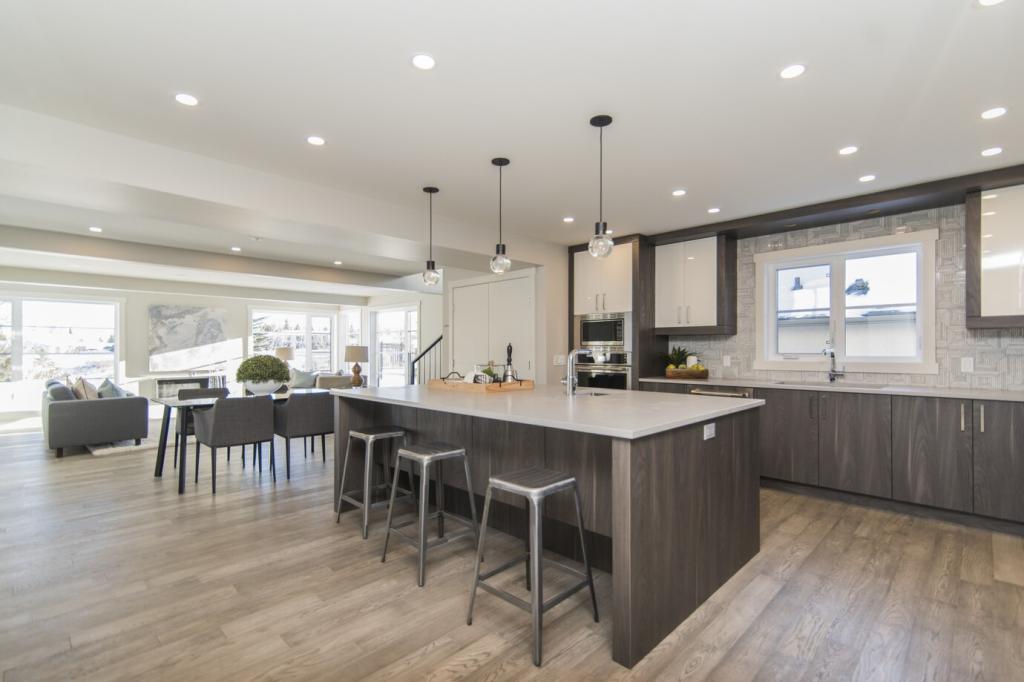Sustainable Futures in Historic Shells
Reusing a durable shell often beats new construction on carbon. Pair secondary glazing, airtightness measures, and sensitive insulation strategies with conservation-grade materials. What retrofit worked best in your climate? Share your experience, and join our newsletter for toolkits and checklists.
Sustainable Futures in Historic Shells
Continuous insulation is tricky with ornate masonry. Learn from hygrothermal modeling, vapor-open layers, and thermal bridge reduction around joists. Share questions about moisture risk, and we will invite experts to respond in a future post. Subscribe to be notified when the discussion goes live.
Sustainable Futures in Historic Shells
Position discreet lightwells, reuse chimneys as service risers, and specify low-temperature heating with minimal visual intrusion. Tell us how you hide ductwork without hiding history. Comment below, and follow our series on heritage-friendly MEP strategies that preserve character.





